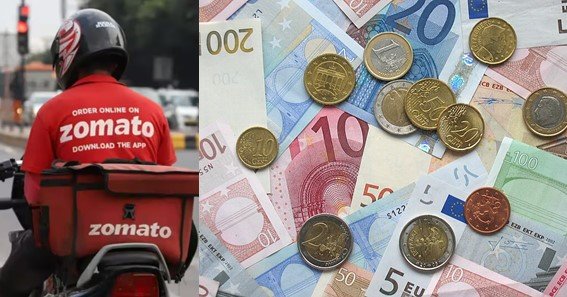Zomato, one of India’s leading food-tech companies, has diversified its revenue streams to establish itself as a major player in the global food delivery industry. From humble beginnings as a restaurant discovery platform, Zomato now generates income through various channels, making it a formidable force in the food-tech space.
Major Revenue Streams of Zomato
1. Food Delivery Commissions
The backbone of Zomato’s revenue comes from its food delivery services. Zomato charges restaurants a commission on each order placed through its platform. This commission typically ranges from 20% to 25%, depending on the location and agreement with the restaurant. Despite the competitive nature of the food delivery market, this segment continues to be a significant contributor to Zomato’s overall revenue.
2. Advertising and Restaurant Listings
Zomato generates substantial revenue through advertising services offered to restaurants. By allowing restaurants to promote their listings on Zomato’s platform, the company enables these businesses to gain better visibility among the vast user base. Restaurants pay for premium placement on the platform, making advertising one of Zomato’s most profitable ventures.
3. Subscription Services: Zomato Gold and Pro
Zomato offers premium subscription services like Zomato Gold and Zomato Pro. These services provide users with exclusive discounts on food and drinks at partner restaurants. For restaurants, subscribing to these services offers enhanced visibility and the ability to attract more customers. The subscription fees from both customers and restaurants add another steady stream of revenue.
4. Hyperpure
Hyperpure is Zomato’s B2B service that supplies fresh, high-quality ingredients directly to restaurants. This initiative cuts out middlemen, offering restaurants a reliable source of produce, which has become a crucial part of Zomato’s revenue, particularly as it expands across major cities in India. Hyperpure’s success is evident from its rapid growth, which has contributed significantly to Zomato’s overall revenue.
5. Quick Commerce: Blinkit
Following the acquisition of Blinkit, Zomato entered the quick commerce space, delivering groceries and essentials in minutes. Blinkit has grown rapidly and now contributes a notable portion of Zomato’s revenue. By integrating Blinkit’s services, Zomato has diversified beyond food delivery, capturing a broader market share in the e-commerce sector.
6. Event-Based Revenue: Zomaland
Zomato also generates revenue through events like Zomaland, where users pay an entry fee to attend food festivals and entertainment carnivals. These events not only boost Zomato’s brand presence but also provide an additional income stream through ticket sales and partnerships with restaurants.

FAQ
1. What is Zomato’s main source of revenue?
Zomato’s main revenue source is the commission it charges restaurants on food delivery orders, which ranges from 20% to 25%.
2. How does Zomato make money from advertising?
Zomato allows restaurants to promote their listings on its platform, generating substantial income through advertising fees.
3. What is Zomato Gold and how does it contribute to revenue?
Zomato Gold is a subscription service offering discounts at partner restaurants. It contributes to revenue through subscription fees from both customers and restaurants.
4. How does Hyperpure contribute to Zomato’s revenue?
Hyperpure supplies fresh ingredients to restaurants, generating revenue by cutting out middlemen and providing a direct link between producers and restaurants.
5. What role does Blinkit play in Zomato’s revenue?
Blinkit, Zomato’s quick commerce service, adds to its revenue by delivering groceries and essentials quickly, expanding Zomato’s reach beyond food delivery.
